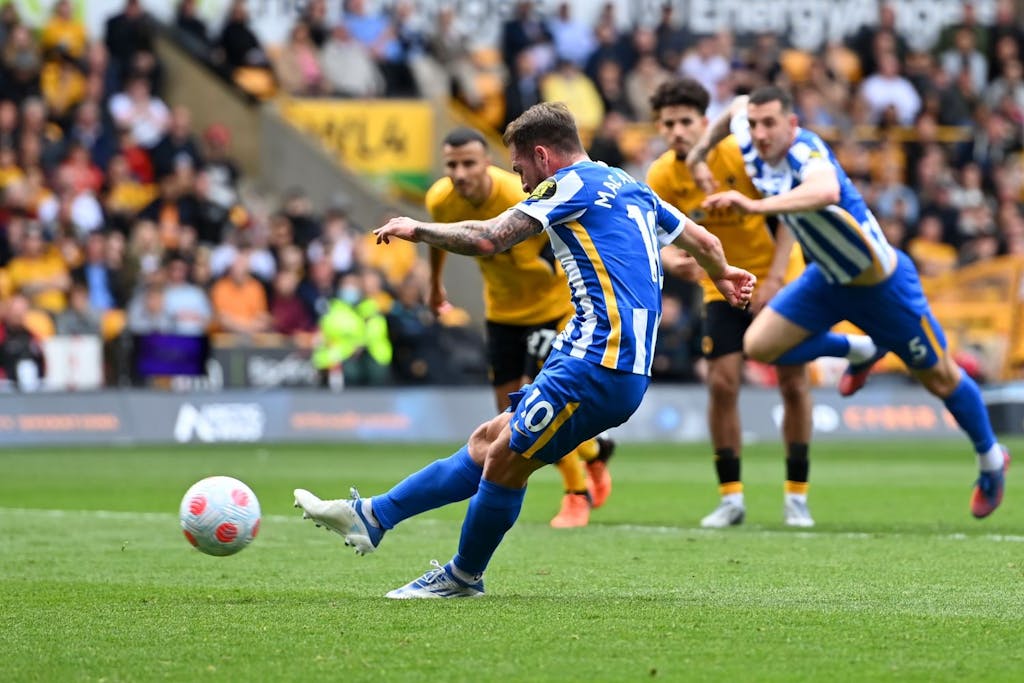It would be understandable if the flood of sports clubs, organisations, events and athletes who have embraced non-fungible tokens (NFTs) in recent months had been hypnotised by the numbers emerging from the burgeoning space.
Ever since an NFT minted by the digital artist Beeple changed hands for an eye-watering $69m a year ago, sending shockwaves through the art world, sport has had little option but to sit up and take notice.
Twelve months on, NFT licensing deals have spread from the US major leagues to mainland European football and across the globe to Southeast Asia and Australia’s top-tier sporting properties.
English Premier League football clubs are in advanced discussions about a potential NFT partnership, with the opportunity to replicate lucrative projects like NBA’s Top Shot collection providing a tantalising template.
Furthermore, after the International Olympic Committee embraced NFTs in Tokyo last year and Beijing this year, NFTs are on the radar for Fifa, looking ahead to its World Cup in Qatar this winter.
Quantity or quality?
While there have been plenty of partnerships struck with ambitious start-up platforms operating in the space, it is debatable whether the sports entities rushing to seal such deals have been given – or are expecting – realistic financial returns.
According to Tim Mangnall, the chief executive of Capital Sports Media, whose Capital Sports Media division advises sports entities on their NFT strategies, discussions between sports clubs and organisations with NFT providers commonly include wildly unrealistic revenue projections.
Though focusing on financial promises is understandable, such a narrow approach can not only be highly speculative, but it can also cloud decision-making when it comes to selecting partners that can drive genuine fan engagement and sustainable long-term revenues.
“In our conversations with sports clubs, we are starting to see a shift to a more realistic stance in terms of their expectations of short-term revenue, even though ultimately revenue does come into every single conversation,” Mangnall says.
“However, expectations are automatically unrealistic from the perspective of clubs, because of the media coverage of NFTs and initiatives like the Bored Ape Yacht Club, where you could have bought one for $180 last year and now the minimum price is $320,000, with $1bn in secondary sales having been generated.
“These kinds of projects though took time to catch on and were open to the world, whereas sports clubs are primarily speaking to their fan bases – and they need to be treated like fans rather than customers.”
Realistic expectations
One of the issues facing sports entities seeking NFT partnerships is that there are literally thousands of providers and platforms in the market – approximately 3,500 to 4,000 at the latest educated count.
Amid a highly competitive landscape, it is hardly surprising that some companies will over-sell the financial benefits of their projects. However, such foundations are often built on sand, and much-needed convergence across the sector to ensure reliable providers rise to the top has not arrived yet.
“It is worth remembering that 95% of these NFT platforms are going to fail and won’t be around this time next year,” Mangnall says. “There are too many of them springing up and there is not enough demand for NFTs currently, so many of them will not be generating sufficient income.
“A huge amount of convergence is needed and, as clubs wise up and seek more control of their NFTs and their consumer journey channels, some platforms are going to struggle.
“After all, the market is confusing for clubs. All of them – big and small – are being approached, and people don’t know where to turn. Some platforms pop up for a few months and their business model simply doesn’t seem to add up. However, for a club that is new to the space, how will they know that? As and when things do go wrong, it will have a negative impact on the market, so careful due diligence is required.”

Incremental income
Mangnall continues: “It’s important they aren’t swayed by the prospect of an up-front fee from a platform, which we are often seeing as part of a sponsorship deal.
Having greater control over the user journey by using an integrated NFT solution rather than a third-party platform – and therefore getting the chance to plug in datapoints that provide enhanced insights into fans – can provide sustainable, long-term, incremental income that will far outweigh a finite lump sum from the provider or short-term returns from supporters.
“The risk to a club can be virtually zero, financially,” Mangnall says. “You can get sustainable, long-term revenue from creating NFTs that engage fans and re-engage younger demographics who have been switching off from live sport.”
The income will be generated through the smart contract technology that underpins NFTs on the blockchain, ensuring the original owner of the NFT – the club – receives a financial cut of all future transactions.
Bullish prospects
Putting a figure on revenue prospects is highly speculative and unpredictable, of course, with NFTs going down as well as up in value.
But supporters remain bullish about the long-term prospects of a space that has been tipped to transform the live entertainment industry in the coming years through digital engagement and smart contract technology.
Late last year, for example, SeatGeek chief executive Jack Groetzinger said he believes almost all tickets will include an NFT component within the next five to 10 years.
Meanwhile the space has also attracted investors like All Blacks rugby legend Dan Carter and legendary NFL quarterback Tom Brady, with the latter’s Autograph start-up having raised $170m in venture capital funding in January this year.
Like many others, Mangnall is convinced that more is to come. But patience and prudence are essential for sports entities that are seeking to fulfil their potential in a movement that is still in its infancy.

This piece was produced in partnership with Capital Block, the NFT advisory division of the Capital Sports Media agency. To find our more about the company’s services, click here.